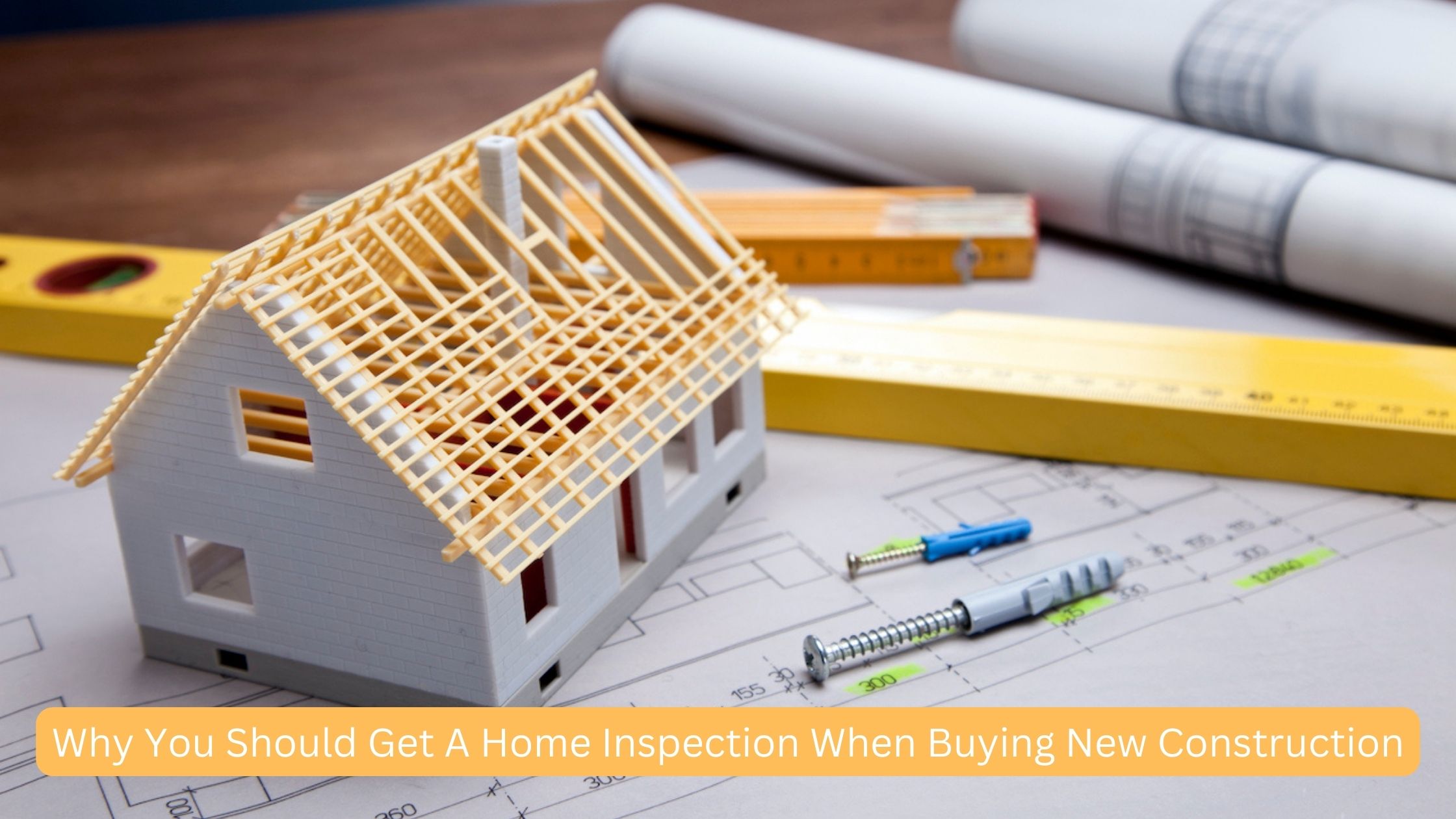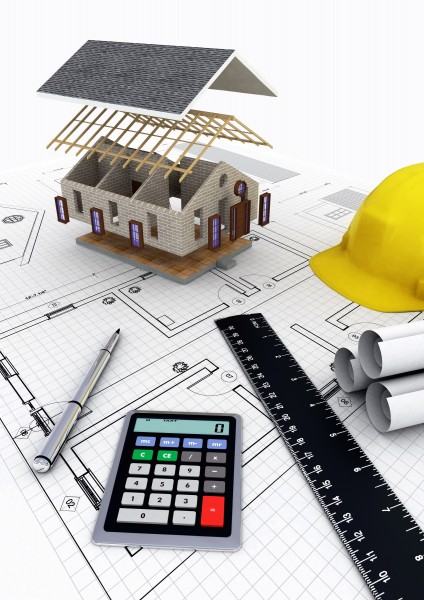In the realm of real estate, luxury homes represent the pinnacle of craftsmanship, design, and opulence. Whether you’re purchasing a sprawling estate overlooking the ocean or a historic mansion in a bustling city, investing in a luxury home entails significant financial commitment. To safeguard this investment and ensure that every aspect of the property meets your expectations, a thorough inspection is paramount. This article serves as a comprehensive guide to understanding the nuances of luxury home inspections, detailing essential components and considerations for prospective buyers.
Understanding the Importance of Luxury Home Inspections

Unlike standard residential properties, luxury homes often boast intricate architectural features, advanced technological systems, and bespoke finishes. While these elements contribute to the property’s allure, they also necessitate a specialized approach to inspection. The primary goal of a luxury home inspection is twofold: to identify any existing issues or potential risks and to provide buyers with a comprehensive understanding of the property’s condition.
Luxury home inspections are conducted by certified professionals who possess expertise in evaluating high-end properties. Their inspections go beyond basic structural assessments to encompass detailed examinations of mechanical systems, interior finishes, landscaping, and more. By uncovering any hidden defects or maintenance concerns, inspectors empower buyers to make informed decisions and negotiate effectively during the purchasing process.
Components of a Comprehensive Luxury Home Inspection Checklist
- Structural Integrity:
- Evaluate the foundation, walls, and roof for signs of damage or deterioration.
- Check for cracks, settlement issues, and the overall stability of the structure.
- Assess the quality of construction materials and craftsmanship.
- Roof and Exterior:
- Inspect the roof for leaks, damaged shingles, and proper drainage.
- Examine exterior walls, windows, and doors for weathering, insulation, and energy efficiency.
- Review the condition of decks, balconies, and outdoor amenities.
- Mechanical Systems:
- Test HVAC (Heating, Ventilation, and Air Conditioning) systems for efficiency and functionality.
- Inspect plumbing and electrical systems for compliance with current codes and safety standards.
- Evaluate the performance of home automation and security systems.
- Interior Finishes:
- Check the quality of flooring, cabinetry, and countertops.
- Assess the condition of paint, wallpaper, and decorative finishes.
- Inspect the functionality of appliances and built-in fixtures.
- Environmental Concerns:
- Conduct tests for mold, radon, and other indoor air quality issues.
- Evaluate the presence of asbestos or lead-based paint in older properties.
- Assess the property’s exposure to natural hazards such as flooding or seismic activity.
- Landscaping and Drainage:
- Inspect the condition of the landscape, including irrigation systems and drainage.
- Identify potential issues with grading, soil erosion, or vegetation that could affect the property’s stability.
- Documentation and Permits:
- Review building permits, architectural plans, and property surveys.
- Verify the compliance of renovations or additions with local zoning regulations.
Choosing a Qualified Inspector
Selecting the right inspector is crucial to obtaining a reliable assessment of a luxury home. Look for inspectors who specialize in high-value properties and possess relevant certifications, such as membership in professional associations like the American Society of Home Inspectors (ASHI) or the International Association of Certified Home Inspectors (InterNACHI). Request references and inquire about their experience with luxury homes similar to the one you intend to purchase.
Conducting the Inspection
During the inspection process, buyers should accompany the inspector to gain firsthand insights into the property’s condition. This allows for immediate clarification of any concerns and facilitates a more thorough understanding of the inspector’s findings. Take notes, ask questions, and request detailed reports documenting all observations and recommendations.
Evaluating Inspection Reports
After the inspection is complete, carefully review the inspector’s report. Pay attention to identified issues, their severity, and any recommended repairs or further evaluations. Some problems may require specialized assessments from structural engineers, HVAC technicians, or other professionals. Use the findings to inform negotiations with the seller, ensuring that any necessary repairs or adjustments are addressed before finalizing the purchase agreement.
Conclusion: Investing Wisely in Luxury Real Estate
A luxury home represents more than just a place to live; it embodies a lifestyle and a significant financial investment. By prioritizing a comprehensive inspection process, prospective buyers can mitigate risks, protect their investment, and fully appreciate the value of their purchase. From structural integrity to interior finishes and environmental considerations, every aspect of the property should be meticulously evaluated to ensure that it aligns with your expectations of luxury living. With the guidance of experienced professionals and a thorough understanding of the inspection checklist, buyers can confidently navigate the complexities of purchasing a luxury home and enjoy the rewards of owning a property that exudes quality, elegance, and enduring value.
